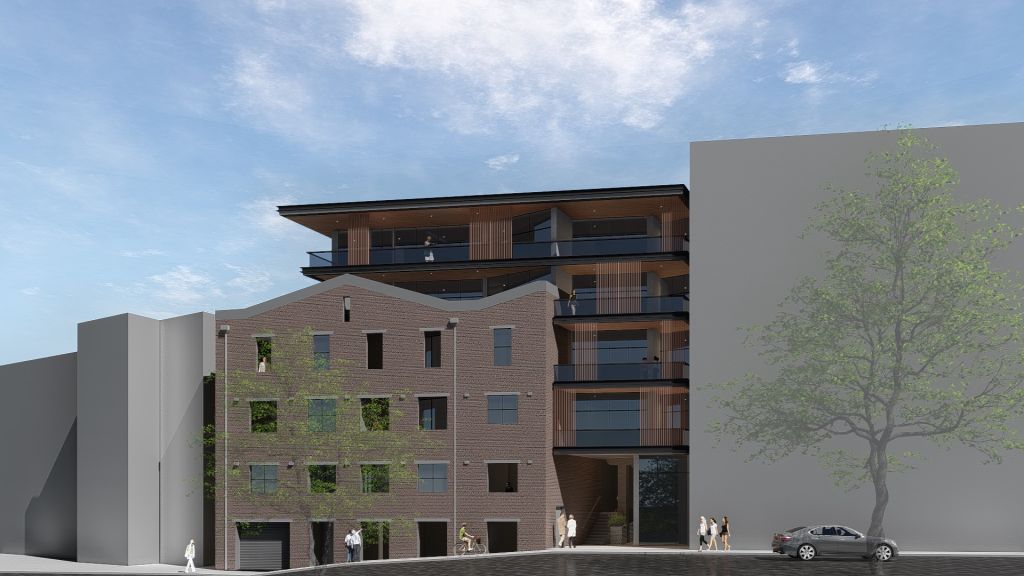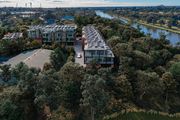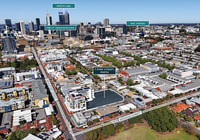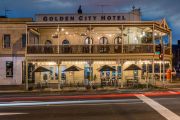
Why one of world’s biggest landlords isn’t building more rentals here
Blackstone, one of the world’s biggest property investors – with around $1.8 trillion under management – allocates one quarter of its real estate portfolio to rental housing globally. But in Australia, it has just two build-to-rent facilities.
The startling contrast between what Blackstone does here and everywhere else has a simple explanation: Australia’s relatively high property tax burden.
“We think we can be a big part of the solution from the supply side perspective of new housing,” global co-head of real estate Kathleen McCarthy told The Australian Financial Review.
“The reality here, though, is we have to be mindful of the true net return for our investors relative to similar opportunities anywhere else in the globe.
“And there are tax regimes for foreign investors that make it a little more challenging than we experience, for example, in the US or the UK.”
The admissions from Blackstone come amid an intense and prolonged debate on how to fix the national housing crisis. Attention is increasingly turning from policies that boost demand, to supply side solutions.
How to free up supply was high on the agenda of a closed-door conference this week involving the Reserve Bank of Australia and the Australian Bureau of Statistics. It has also been flagged as a top priority by Treasurer Jim Chalmers, who has called an economic reform roundtable for August.
The federal government has set a target of 1.2 million new homes to be built over five years, by mid-2029, with states and municipalities assigned individual targets. The NSW target is 377,000, while Victoria’s Labor government has ambitions for 800,000 homes over 10 years.
Already analysts expect forecast supply to fall well short of the national target.
McCarthy, along with its local property chief Chris Tynan, toured one of the US giant’s two Australian build-to-rent facilities – a 437-unit development at Caulfield in Melbourne’s south-east – this week in the company of federal Housing Minister Clare O’Neil, according to a post on O’Neil’s LinkedIn.
In that post, the minister describes build to rent as a game changer for the housing sector, with longer leases, better facilities and onsite maintenance.
“Homes actually designed for renters who want to stay put. Our laws passed last year are unlocking 80,000 new build-to-rent homes nationwide,” O’Neil posted.
Those laws include halving a withholding tax imposed on foreign owners of build-to-rent assets, reducing it to the same rate applied to other foreign-owned commercial real estate. Included in that legislation are a number of requirements, including that 10 per cent of units be on affordable rents, 25 per cent the market rate.
However, that impost, combined with state taxes levied against property investors, including extra taxes for foreign owners, added up to a considerable disincentive to develop build-to-rent in the Australian market, according to Tynan.
“You stack all of that up against – in a global mandate – putting the exact same dollar into multi-family [build-to-rent] assets in Tokyo, which has none of those imposts,” Tynan said.
“The return that we need to make just to get the exact same return to our investors after tax is much higher here than it is for the identical asset, if you like, in Japan. So that’s that when you’re looking at it through a global lens.
“The point is: if that’s the way that the government wants to tax residential, that’s fine, but less capital will flow there [into housing] than even into logistics.”
Rental housing in all its forms – from student accommodation to build-to-rent apartments and free-standing rental homes – is one of Blackstone’s big picks in real estate globally, along with warehouses, data centres and hospitality. It also manages a deep pool of private credit, which extends into real estate lending.
In Australia, Blackstone is best known as the owner of Crown Resorts, while its $24 billion acquisition of data centre powerhouse AirTrunk was last year’s largest M&A deal.
Here as well Blackstone would like to extend its enthusiasm for rental housing if only the returns would stack up, said McCarthy, noting that in the UK, Blackstone has been the largest supplier of affordable housing for four years in a row, through a partnership with the government.
“We definitely want to be part of the solution of housing availability and affordability here. Although, as we’re saying, there’s a series of factors that are pretty specific to this market, that we have to be mindful of when we’re committing capital.”











